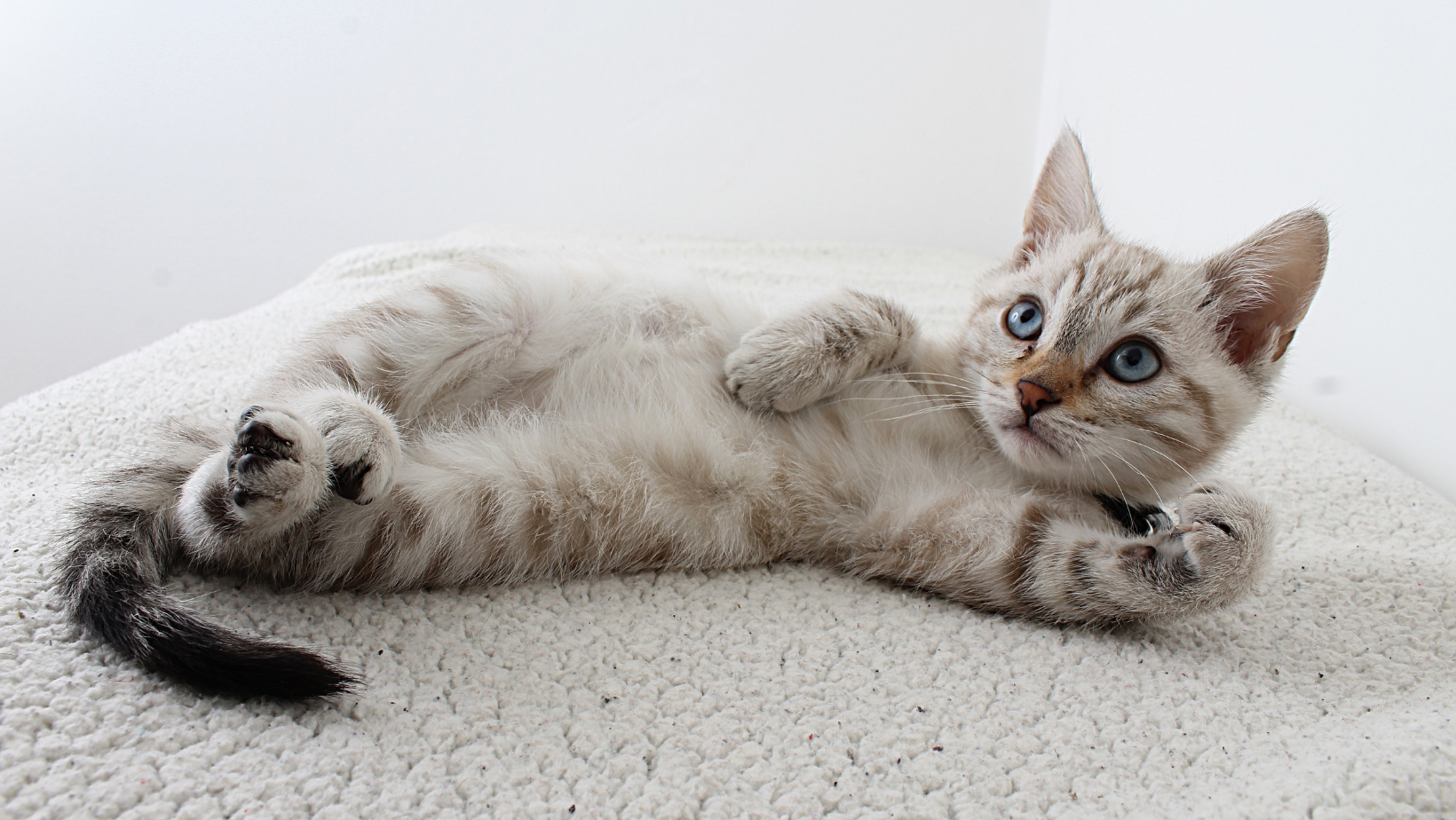Fleas In Cats

A cat who looks restless, scratches, or bites on their skin may have fleas. By being aware of and eliminating fleas on your pet and in your home, you may lessen their itching (and safeguard yourself). In this vlog we will discuss fleas in cats and how we can prevent cats from fleas.
Do a Flea Check
Check to see whether your cat has fleas before investing on expensive flea treatments:
- Keep an eye out for any movement in their fur. It’s time to tackle fleas if you see little bugs bouncing off their coat.
- Several times each day, comb your cat from head to tail with a fine-toothed metal flea comb. They will feel less itchy and the adult fleas and their eggs will be removed.
- The fleas can then be killed by dipping the comb into a solution of warm to hot water and liquid dish detergent.
How to Prevent Fleas In Cats
A flea’s ideal home is your cat’s warm, velvety coat and nutritious blood flow. Use a flea barrier on your pet to shield it from these little bugs. There are several varieties, including:
Products you apply to your Cat. Spot-on treatments outperform conventional dusts, shampoos, and sprays in terms of safety, convenience, and efficacy. They’re available online or from your veterinarian. Consult your veterinarian for advice on where to administer the medication, how much to use, and how frequently. Read the product label to make sure the therapy is safe for cats if you’re not getting it from your veterinarian. Several popular brands and active substances are:
- Fipronil (Frontline Plus)
- Fluralaner (Bravecto)
Medicines your cat eats. Within 30 minutes, the nitenpyram (Capstar) pill kills adult fleas on your cat. However, it doesn’t have any long-lasting consequences. Fast-acting chewable Spinosad (Comfortis) begins eliminating fleas before they lay eggs. It offers a full month of flea defence to help stop upcoming hatchings.
De-Flea Your Home
Up to 50 eggs can be laid by a female flea per day. These items can easily fall off your cat and land on your carpet, couch, or blanket. If you allow them to hatch, you will soon be dealing with a severe flea infestation.
Your house can help you cure the issue if you give it a thorough cleaning:
Every day, vacuum. To remove any eggs from the carpets, padded furniture, and floor crevices before they hatch, vacuum these areas. This method will also help you get rid of live fleas. Just remember to discard the vacuum cleaner’s bag or wash the canister with warm, soapy water when you’re done.
At least once every week, wash. Any furniture coverings, bedding, or other fabrics that your pet has touched should be removed and put right into the washing machine. To ensure that no bugs survive the washing cycle, use hot water.
Treat Stubborn Fleas In Cats
If fleas persist despite treatment, more drastic steps may need to be taken.
- Deck the halls. Pets and family members should be removed from the house before applying a flea spray to the carpets and other surfaces. The most effective sprays contain methoprene or pyriproxyfen. Try a natural citrus spray if you’re worried about chemicals in the house. Pets, children, and anybody else should remain outside until all surfaces have dried.
- Make careful to treat all of your dogs for fleas. Any untreated pet can act as a flea reservoir, making the flea problem impossible to eradicate. Fleas will prevail unless all of your dogs are treated.
- Dial a flea specialist. You could want the services of an exterminator if fleas are still present.
Fleas are small and very simple to destroy, even in big populations. They should quit bothering your cat and you after a few weeks of rigorous cleansing. Although the complete eradication of an infestation might take up to three months.





